The Magic 5
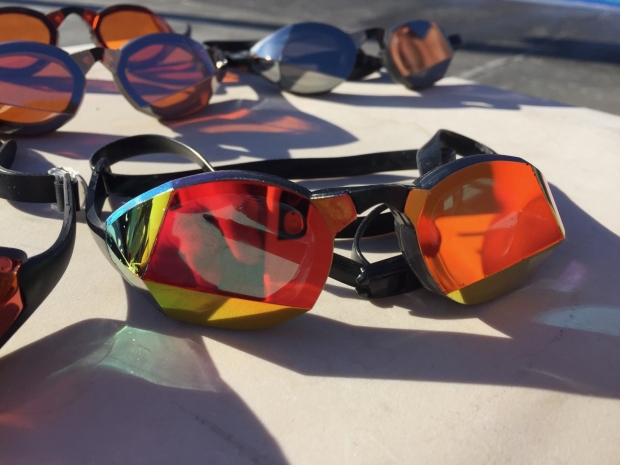
Advancements in 3D printing and phone camera software are opening up possibilities for precision manufacturing and rapid, highly-custom-and-individualized prototyping that would have been impossible even six months ago. The computing horsepower available in a phone (Apple's new iPhone 8 bests their own 13" MacBook Pro in benchmark tests) and the relentless drive to improve – algorithmically – the performance of the necessarily small sensors that camera phones are equipped with has been a boon for creative entrepreneurs looking to offer personalized services and products directly to consumers. Phones can now scan your body and make designer clothing recommendations, or ship your measurements directly to a tailor for fully custom apparel, or even play the role of fitness advisor helping to track the effectiveness of your workout routine through image analysis of photos of your body.
The Magic 5, a small Danish company co-founded by a triathlete, his engineer uncle, and a national team swimmer, aims to use the availability of these tools to change the way swim goggles are made. They developed a proprietary face-scanning app which maps every contour of your face and – in particular – your eye sockets in three-dimensions. From there, they can create fully custom gaskets unique to each eye – and pair them with the exact right nose-bridge from their wide selection of pre-made widths to create a pair of goggles that matches perfectly to you. And no one else. Their slogan is, "One size shall fit only one."
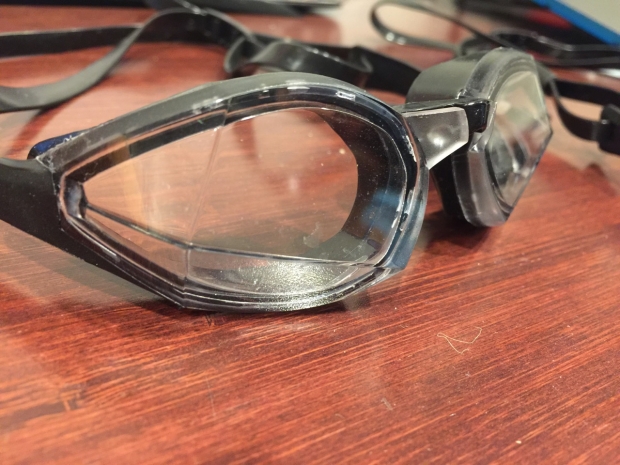
The name "The Magic 5" came from brainstorming session that co-founder Rasmus Barfred held with a marketing consultant. He said, "95 percent of what we do is the same as any 'normal' goggle. But that last five percent is where the magic happens." And really, most of the goggle is pretty standard. It has some nice distinct features. But, ultimately, swim goggles have a very clear purpose – to keep water out of your eyes and to let you see underwater – and most goggles have been doing so reasonably effectively for several decades, though there are countless different approaches to this seemingly simple task. (Swim goggles are actually a more recent invention than you might think; I have a friend in his 50s who grew up swimming without goggles because they were not yet commonly available.) That aforementioned "last five percent" comes in the way these goggles fit.
Currently, in their prototype/proof-of-concept phase, The Magic 5 goggles have the base layer of the gaskets 3D printed to the specified height. The semi-rigid plastic is then coated with silicone. And co-founder Rasmus Barfred follows – by-hand – a computer rendered map of what the gasket should look like. They are currently on Kickstarter looking to raise $50,000, which will allow them to rent sufficient time on a CNC robot that will do with incredible precision what Rasmus is currently doing by hand. As of this writing, they have reached their baseline goal, so the project will be funded, though there is another seven days left to go for those who still want to support this project.
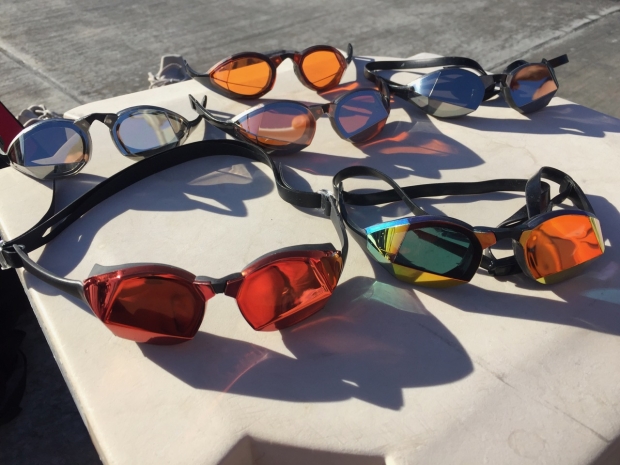
I had the opportunity to go through the scanning process – it just uses the front-facing camera on your phone (and the "newest" phone is not required) – and their app guides you through the scanning process which takes about a minute to develop the full 3D rendering of your face. This map is then uploaded automatically to their servers and the computer renders the gasket profile and selects the nose-bridge.
The nose-bridge is a not uncommon inverted V design, but what's unique is that it was designed with flex due to tension on the straps in mind. The nose bridge is too tight when you just put the goggles up to your eyes, but when you pull the strap on and the lens get pulled taut, tension on the nose-bridge spreads it out to the desired width.

Given that the goggles are fully custom, they also decided to offer additional customization options that have nothing to do with fit, but which would certainly be appreciated by competitive swimmers and triathletes. You can choose both the tint – light or dark – as well as the mirror color – they have a wide range of reflective colors – for your goggles. They will also offer custom strap and nose-bridge colors as well.
And given that they need to charge a premium price because of the custom fit, they also decided to re-examine the lens design as well. The goggles use the same slant-lens design found in goggles from Arena (Swedix & X-Vision) and Speedo (Hydralign) that is designed to allow for better forward vision while keeping the head in a proper position. ROKA recognized the value of this design for open water – it allows for faster sighting with less need to lift your head – and they call it Rapidsight, which is featured on their R1 goggles. Getting the slant of the lens right is a challenge; I find the ROKA R1s great in open water but extremely disorienting in the pool, and I don't perceive that the Arena or Speedo goggles offer quite the same benefit in open water as the R1s but they are better in the pool. The Magic 5 goggle has more slant – and more of the lens is slanted (closer to 2/3 vs. the Speedo or Arena goggles which are split in the middle) – but it seems less slanted than on the ROKA goggles, and I found I didn't get disoriented using it in the pool. It's also designed to have very good peripheral vision, mostly designed for competitive swimmers to be able to keep track of their competitors in the lanes next to them, but this also has benefits for triathletes as well. It's visibility is more like a mask in a goggle-sized package.
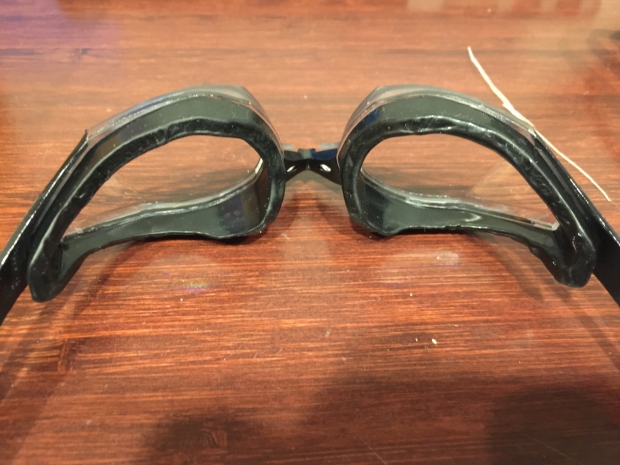
While they emphasized that what I was receiving to test was a very rough prototype, as evidenced by the rough cuts made by hand on the gasket, I nevertheless did find that the goggles remained leak free with very little tension on the straps. They fit comfortably inside of my eye socket with an even distribution of pressure all the way around.
Due to my unfortunate run-in with a car in 2010, I have some stainless steel plates and screws around the outer part of my left eye, just under the brow, and also along my left cheek. Goggles that are too tight can end up really aggravating these areas. I typically train in Swedish goggles – ROKA's S1 – because they are so small that they avoid hitting any of the areas where I have hardware. But Swedish goggles are not ideal for mass start races, and so I inevitably deal with some level of discomfort during races. I've tried more goggles than I can imagine looking for a perfect match for racing, which is really why I was so interested in The Magic 5. Certainly I have some unique issues – most people don't have screws in their face – but I do think comfort with goggles is a legitimate issue for many swimmers.
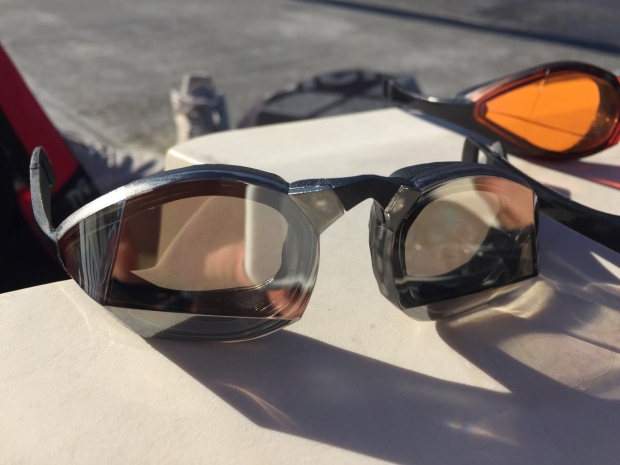
Is it a big enough issue to pay $50-55 – the Kickstarter price – or $100 (non-mirror)/$109 (mirror) – the "regular" price once they go to production – to solve? I'm less sure of that. But I credit the guys at The Magic 5 for really setting out to do something truly unique in this space and to work to develop a product that tries to justify the price. Given that most of the technology that is required to make these goggles custom barely existed six months ago, it's reasonable to expect – given the pace of innovation in this space – that the costs will come down. I don't think the goggles will ever be cheap, but I can see them being more widely available at the Kickstarter price or even a bit below.
For their part, the Magic 5 guys think swimmers need to start thinking about – and taking care of – their goggles the way runners and cyclists think about sunglasses. They have special cases planned that will provide safe transport – no more bundles of goggles hanging from your swim bag (what I do) – and longevity. Their expectation is that a pair of goggles will last at least a full year of competitive meets and daily practice.
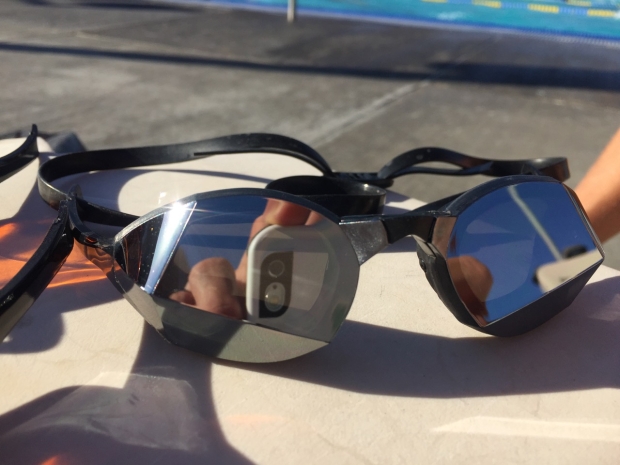
As a bit of a goggle-phile, I welcomed the chance to try these out. While I didn't have an "A-ha!" type moment in the pool, I found the prototypes to be very good goggles that measured up well to anything else I've ever used. The face-scanning app was particularly impressive, and that even more than the goggles really spoke to the technical acumen of this team.
Whether or not anyone needs a $50 or $100 pair of goggles is certainly debatable. But what's clear is that we all need more creative guys like this innovating for the sports we care about.


Start the discussion at slowtwitch.northend.network